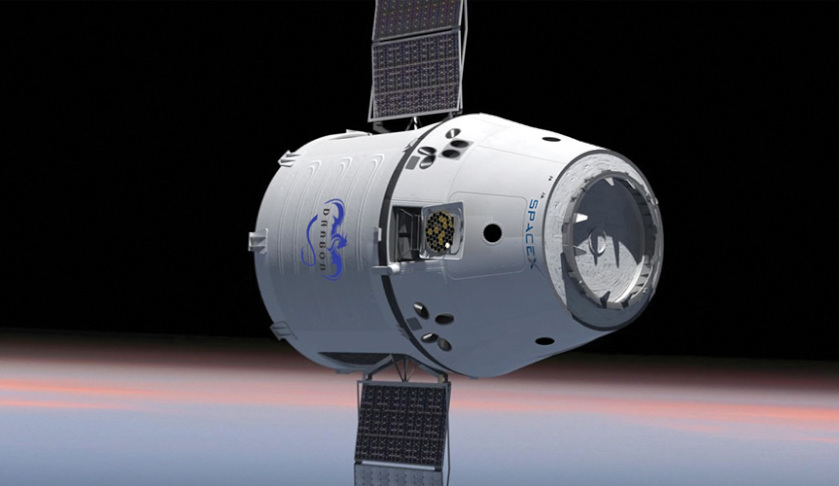
Filled with more than 5,600 pounds of supplies and payloads, Dragon launched aboard a Falcon 9 rocket on 5 December 2018 from Cape Canaveral Air Force Station in Florida, and arrived at the ISS on 8 December.
Packed with about two tonnes of cargo and science, SpaceX’s Dragon spacecraft departed the ISS on Sunday, 13 January.
The Dragon module returned to Earth with a parachute-assisted splashdown in the Pacific Ocean at about 9:10pm PST, just west of Baja, California. That same evening, a recovery team secured Dragon on a boat for the return trip to the Port of Los Angeles, wrapping up SpaceX’s 16th resupply mission to the space station.
The Dragon spacecraft flown on this mission previously visited the ISS during SpaceX’s CRS-10 mission in February 2017.
Dragon is a free-flying spacecraft designed to deliver both cargo and people to orbiting destinations. Dragon made history in 2012 when it became the first commercial spacecraft in history to deliver cargo to the ISS and safely return cargo to Earth, a feat previously achieved only by governments. It is the only spacecraft currently flying that is capable of returning significant amounts of cargo to Earth.
The Dragon spacecraft has three configurations to meet a variety of needs: cargo, crew and DragonLab.
To ensure a rapid transition from cargo to crew capability, the cargo and crew configurations of Dragon are almost identical. This commonality simplifies the human rating process, allowing systems critical to crew and space station safety to be fully tested on unmanned cargo flights. With DragonLab, essentially the same spacecraft can be used as a platform for in-space technology demonstrations and experiments.
Receive the latest developments and updates on Australia’s space industry direct to your inbox. Subscribe today to Space Connect here.









